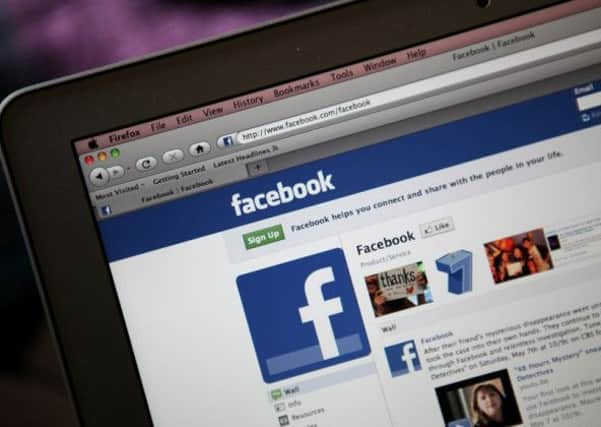Digital life after death: Do we live on in cyber-space once we die?


A debate is growing around our digital legacy, how we can stop it and even how we can manage our profile in cyberspace once we have gone.
Several companies have sprung up to seize upon the new phenomenon of our postmortem digital existence.
Advertisement
Hide AdAdvertisement
Hide AdSome, such as Dead Man’s Switch will distribute stored letters and important information compiled by a subscriber to be shared after death.


Others, such as The Tweet Herafter will publish a pre-written post after death while other apps will use algorithms to create tweets in the user’s customary style and post them long after you have gone.
A key issue, however, is how the digital world knows you have died.
Dead Man’s Switch, for example, will email you 30, 45, and 52 days after you “last showed signs of life” on your account. If no contact is made after 60 days, your pre-written messages will be sent.


Dr Wendy Moncur, Reader in Socio-Digital Interaction at the Duncan of Jordanstone School of Art, part of the University of Dundee, said the ideas were coming at an early stage in our digital existence.
She said that Dead Man’s Switch could be activated simply by someone not changing their email address with potentially “devastating results.”
Dr Moncur said: “It is still all so new, People are increasingly connecting socially through online digital media.
“But there is a split between physical death and digital death and there is a disconnect there.
“Digital doesn’t know when someone has died.
Advertisement
Hide AdAdvertisement
Hide Ad“There are products and services available that try to help fix this disconnect. Some of the ideas are really quite naff, others are sad, others are quite beautiful and some of them are just hilarious.”
Even after our last breath, our profile will continue without us in many ways.
Our social media accounts may not be disabled with our photographs still on view. Trading accounts with firms such as ebay may still hold credit.
Dr Moncur said legislation was “patchy” as to how we can have our on-line accounts managed after death.
Different platforms such as Facebook, Twitter and Instagram, will also have their own terms and conditions.
Facebook now allows the bereaved to memorialise a loved one’s page after their death or close it down, but the company will have to see a death certificate to permit this.
People can still post messages of remembrance although significant updates - such as birthdays - will be halted.
Dr Moncur said: “The legislation covering what happens to a person’s online accounts after death is patchy across the world, You have different laws at work in the UK, the EU and the US. UK law has not kept up, in the EU you have the ‘right to forget ‘ which you need to have fairly specialist knowledge to know even where to begin, and in the US legislation is patchy across different states.
Advertisement
Hide AdAdvertisement
Hide Ad“One state will allow next of kin to access the social media accounts of under 18s after death. This is in response to links between bullying and teen suicides. Other states do not allow access.
“Meanwhile, each application will have different terms of service, Facebook is different to Twitter, What’s App is different to Instagram.”
Dr Moncur likened a social media account to “a cold”, saying that it was not something you really owned. Sharing digital media is much the same.
“Once you sneeze, you don’t really know who is going to end up with it next. You have no control over it,” she added.
She said that individuals would largely continue to exist in the digital realm after death, whether it be through tagged photographs or Google searches, although their presence will lessen over time, particularly when people with same name remain more active online.
She added: “When people die physically, they don’t die digitally
“This is an emerging problem. The internet is still very young and we are just at the start of trying to address unforseen problems, such as what happens to people’s online existence after they die.”
